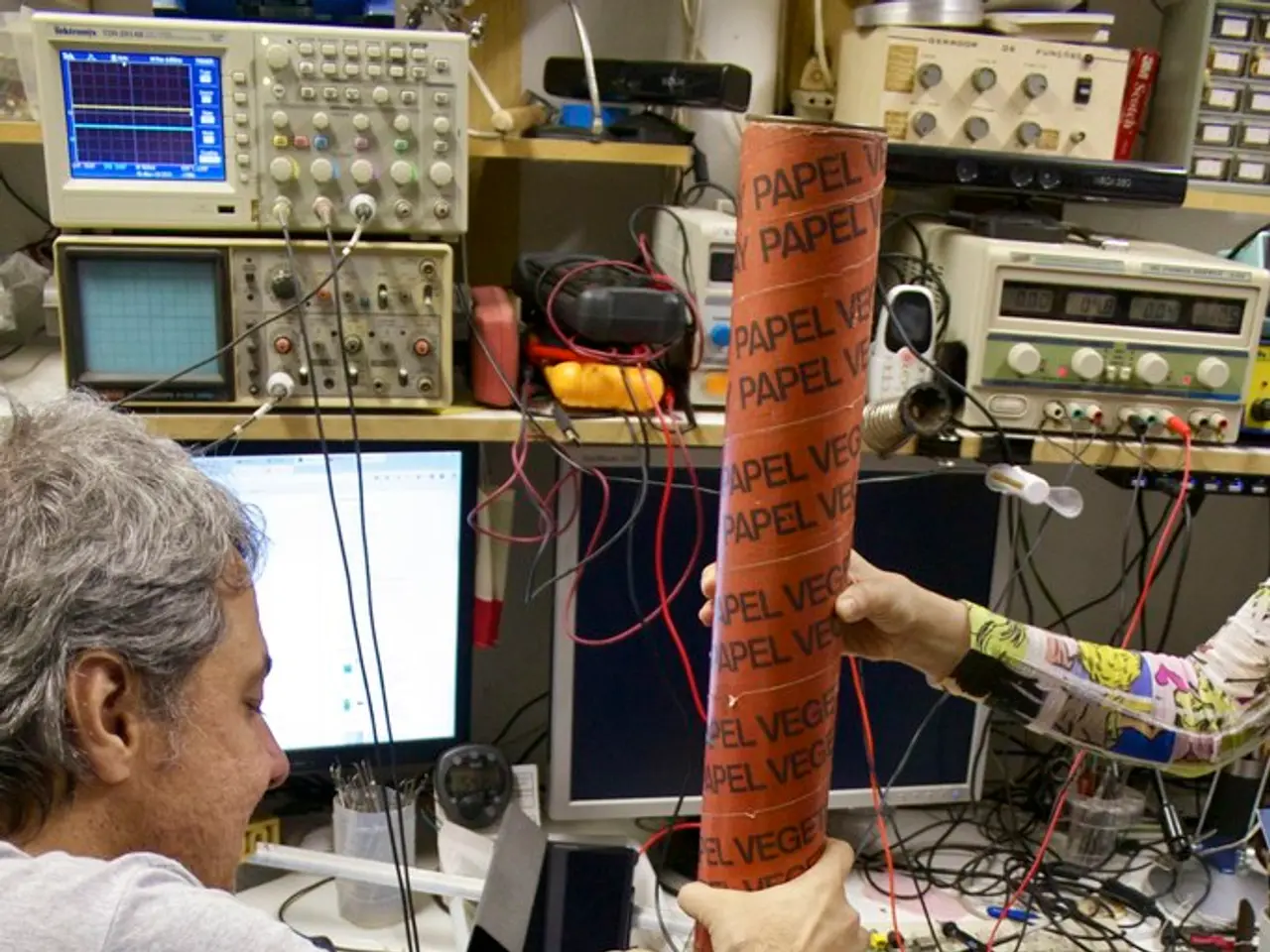Techniques Showcased for Boosting Emotional Control: Strategies to Amplify Personal Happiness
In the modern world, technology is increasingly being used to help us manage our emotional well-being. Wearable devices like the Muse Headband, for instance, measure physiological responses to provide real-time insights into our emotional state [1]. But visualization, an age-old technique, is also making a comeback, offering benefits in calming oneself regardless of the situation.
Visualization can be done anywhere, and it's a strategy that takes practice but offers numerous benefits. By creating mental images that promote calmness and positivity, you can better manage your emotions and cope with stress [2]. Incorporating visualization into your daily routine can improve your emotional well-being and provide a sense of control over your feelings.
One of the key advantages of visualization is its ability to reduce anxiety and stress levels. By guiding individuals to imagine peaceful or calming environments, visualization can lead to a decrease in stress hormones like cortisol [3][5]. This makes it an effective tool for emotional regulation.
Visualization also aids in the development of emotional regulation by allowing individuals to mentally rehearse and manage their emotional responses. This can enhance their ability to cope with challenging situations and improve emotional resilience [1][3].
Engaging in visualization exercises can stimulate creativity and imagination, providing a mental outlet for expressing and exploring emotions in a constructive manner [3]. By visualizing positive outcomes and scenarios, individuals can build confidence and enhance their self-esteem.
Visualization is also used in therapeutic settings to support both emotional and physical healing. It can help individuals manage pain, reduce symptoms of depression, and improve overall well-being by promoting positive emotional states [4][5].
Mobile apps for emotional regulation, such as Headspace and Moodfit, offer features like mood journaling, stress level assessments, and guided visualizations. These apps allow customization to focus on what works best for the user, making it easier to incorporate visualization into your daily routine.
With consistent practice, you may find it easier to respond to life's ups and downs. Incorporating visualization into your daily routine can transform your emotional landscape, offering a powerful tool for emotional regulation and stress management.
- For better emotional regulation and stress management, consider dedicating time each day to visualization exercises.
- Visualization can be a powerful way for women to maintain their mental health by promoting positive emotions and reducing anxiety levels.
- By utilizing mobile apps like Headspace or Moodfit, you can include features like mood journaling and guided visualizations as part of your health-and-wellness routine.
- Scientific studies have shown that visualization practices can boost executive function, allowing individuals to more effectively manage their focus and emotions.
- Engaging in regular visualization can not only improve emotional well-being but also aid in emotional regulation, making you more resilient against stress and anxiety.
- In addition to its benefits for mental health, visualization can contribute to overall fitness-and-exercise performance, helping athletes develop a successful mindset and stay focused during training.
- Proper nutrition plays a crucial role in maintaining good mental health: a balanced diet can provide the necessary nutrients for optimal emotional regulation and reduced anxiety levels.




